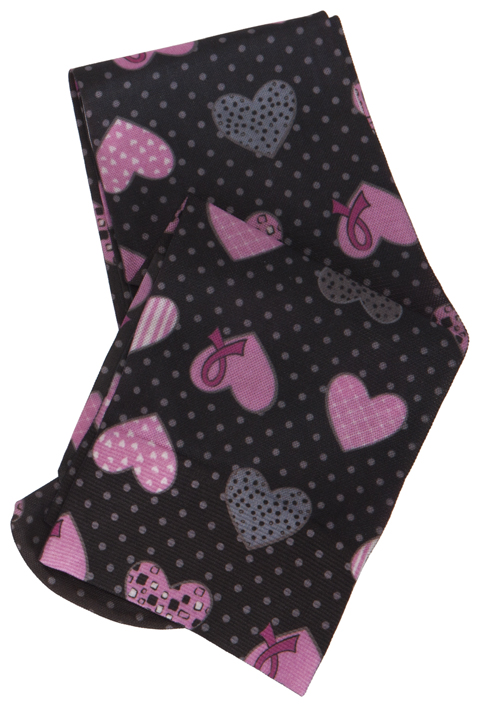

Feet may be meant for walking, but there is a limit to how much your legs can take. Nurses spend a good part of their day moving around, and not nearly enough time in a chair. This leads to leg fatigue, followed by a list of other problems that start at your feet and end in your head.
Nurses should be taking every possible precaution to prevent fatigue in their legs. You likely already shop for shoes that provide extra cushion, but that is not always enough. To give the muscles that support your weight some extra help, add compression socks to your nursing uniform.
Common Complaints from Nurses and Their Legs
Spending hours on end on your feet can lead to a number of health problems for a nurse:
It is also suggested that chronic pain causes fatigue and affects your alertness, two complications a nurse – or her patients – can’t afford to live with. Even if you take periodic breaks and sit down during your shift, that will not outweigh the damage that constantly being on your feet can cause.
One easy way that nurses have found to combat leg fatigue and avoid the complications that accompany it has been with the use of compression socks and stockings.
What Are Compression Socks?
Compression socks are not the same as support hose, and the key to understanding the difference lies in knowing what is causing your leg fatigue in the first place. Blood is pumping blood to your whole body all day, but with the legs, gravity gets in the way of its fast return. As blood pools in your calves and feet, pain and cramps will start to affect your ability to walk. Over a long period of time this will lead to edema, thrombosis and the development of varicose veins.
To combat the forces of gravity, compression socks use a stronger elastic like spandex or rubber to put pressure on your legs, ankles and feet. They are typically tighter in the ankle and gradually grow less constrictive as they work up towards the knees. The pressure compresses surface veins and arteries, increasing arterial pressure which in turn improves blood flow. More blood is making it from the feet back to the heart, and less is left pooling in your feet.
What to Look For When Choosing Compression Socks
Compression socks do come in various degrees of tightness, but unless you have already developed varicose veins or other lower leg problems, you will benefit from those at the low end. The pressure applied is measured in millimeter of mercury, or mmHg, with higher numbers reflecting tighter socks to support the leg veins. Nurses should look at compression socks that are between 10 and 15 mmHg, as these are recommended for individuals whose career force them to be on their feet most of the day. If you have already begun developing spider veins, try a pair that is 18 mmHg, such as these offered by Cherokee.
Choosing a compression sock with a higher mmHg will not improve your circulation any quicker or better. Those with a pressure of 20 mmHg and higher are manufactured specifically to assist individuals with severe venous issues in their legs. You will find these overly constrictive for regular wear, and difficult to tolerate as you work your way through your shift.
Originally marketed for patients with compromised circulatory systems, nurses are not the only group who has found them to be an effective method of eliminating leg fatigue. Athletes are using them during training and travelers on long flights have found them to be helpful in preventing leg cramps from developing. Compression socks provide a perfectly safe and convenient method of preventing a medical problem before it has a chance to develop for millions of people in various situations.
Stylish and Supportive
The proven ability of compression socks to prevent leg fatigue in nurses has prompted manufacturers to begin making them in a variety of fun and fashionable designs to suit all nursing personalities. The nursing uniform brand Cherokee has a whole line of compression knee high socks that will make your legs feel great while looking good.
Hot baths, leg massages (we know you get your partner to rub your own :D) and elevation while you rest may all work at easing the pain caused by leg fatigue, but none are stopping it at the source. Compression socks offer an alternative that stimulate the healthy flow of blood, so that you’ll have no aches and cramps as you work through your shift.
This post was sponsored by Cherokee Uniforms
When we discuss students, we always mention their qualities. Those qualities show what they are…
If you or someone you know is juggling mental health issues alongside substance abuse, understanding…
For the last couple of weeks, the Israel-Hamas conflict has taken over the news cycle.…
Our eyes are invaluable, serving as our windows to the world. The ability to see…
Undoubtedly, one of the most demanding and challenging professions is nursing. Nurses work long hours in…
Echocardiography, or echo for short, is a key diagnostic test used by cardiologists to assess…